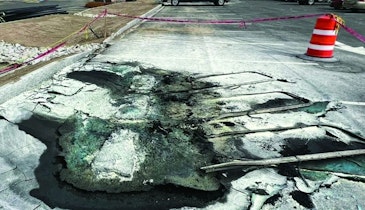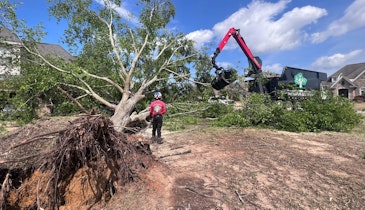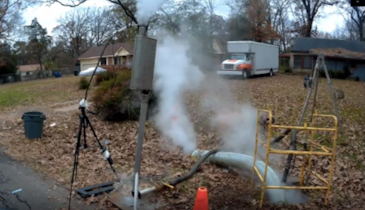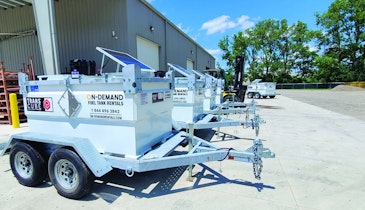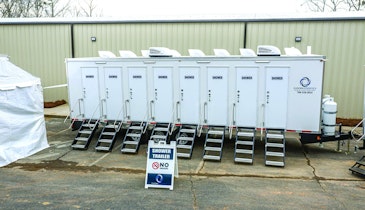Interested in Power Generation?
Get Power Generation articles, news and videos right in your inbox! Sign up now.
Power Generation + Get AlertsThe storm has hit and moved on. The area is devastated. Utility power is down. You need portable generators.
Unfortunately, so does everyone else. And within hours or less, local vendors’ supplies are tapped out. Now where can you turn?
This scenario plays out often after major disasters. But if you’ve planned carefully, you can avoid being caught short on the equipment you need. Any contractor or facility owner knows it’s essential to plan. However, acquiring generators for a short-term, but urgent situation involves an array of variables that can be daunting.
THE KEY TO RECOVERY
Electricity is the lifeblood of disaster recovery — not much can happen until the lights come on. How fast recovery can proceed depends largely on how well government agencies and private businesses have prepared to supply emergency power.
If power is part of your responsibility, you’ll need to know: Who needs generators? For what purposes? How many? In what capacities? What ancillary equipment will you need? Load banks? Bus bars? Electronic governors? Transformers? Distribution panels? Fuses? What about cabling? Fuel tanks?
Beyond those basics, how will delivery of electric power coordinate with other essential goods and services: medical supplies, food, clothing, household items, building materials? How do services that need power rank in order of priority?
And finally, who will set up and operate the equipment? Today’s mobile generator sets are easy to use, highly automated and reliable, but that doesn’t mean they completely run themselves. Someone needs to monitor their operation and make sure they are supplied with fuel.
TAPPING A NETWORK
No contractor can own a genset inventory large and diverse enough to cover any conceivable disaster scenario. And many contracts lack the expertise to deploy and manage power for a storm or other event with widespread impact.
All this argues for allying with an emergency power supplier with a large network of dealerships. In that case, when demand has exhausted the genset supply in the local dealer’s yard, that dealer calls on others from the region or across the nation to expedite shipment of the numbers and size of units required.
Dealers from that network can also deploy skilled operators to set up and run the equipment for as long as the event persists. And often, such dealers offer contracts with a right of first acceptance. The contractor pays a monthly retainer fee for specified equipment; in return the dealer agrees not to release that equipment to another party without the contractor’s consent. This provides excellent assurance that critical equipment will be available in an emergency.
CUTTING THROUGH CHAOS
Disasters by definition are unpredictable. Even the best plan cannot account for every contingency. In any situation, an effective response depends on resourcefulness and sound judgment. At the same time, a well-considered plan accelerates recovery. It simplifies decision-making and provides a basis for prompt and positive actions as events unfold in what typically are stressful and chaotic situations.
A dealer partner with proven expertise in emergency power, a vast inventory and deep experience in disaster recovery can add significant value.
Ted J. Rulseh is editor of Treatment Plant Operator, a sibling magazine in the COLE Publishing family. In a previous career, he had experience in the rental electric power, cooling equipment and air compressor market.
